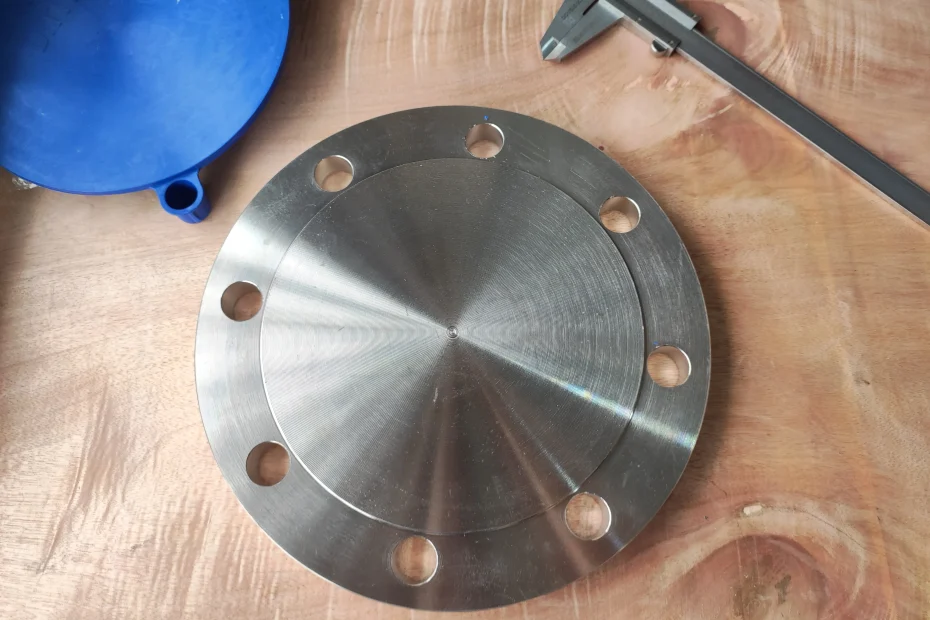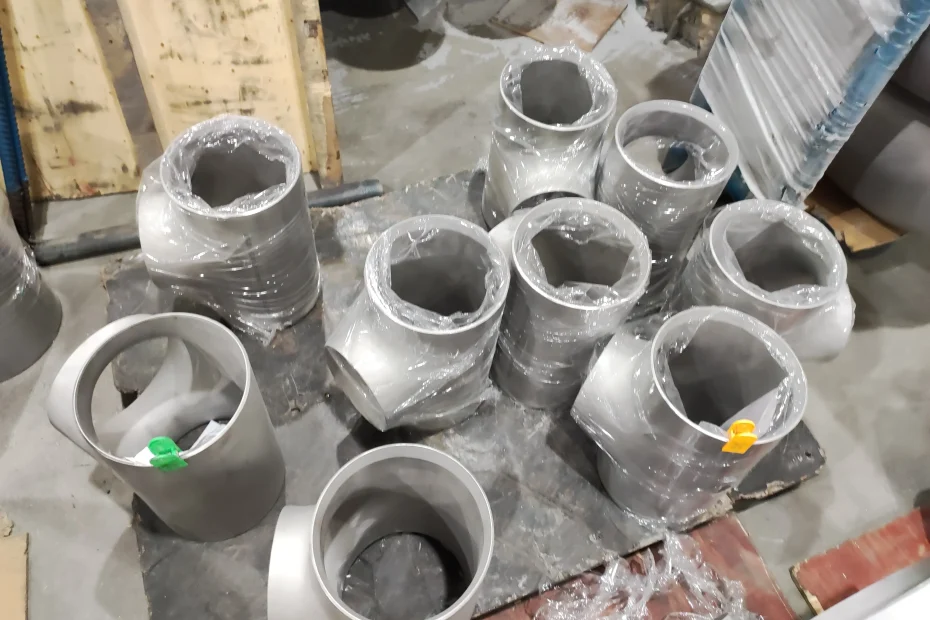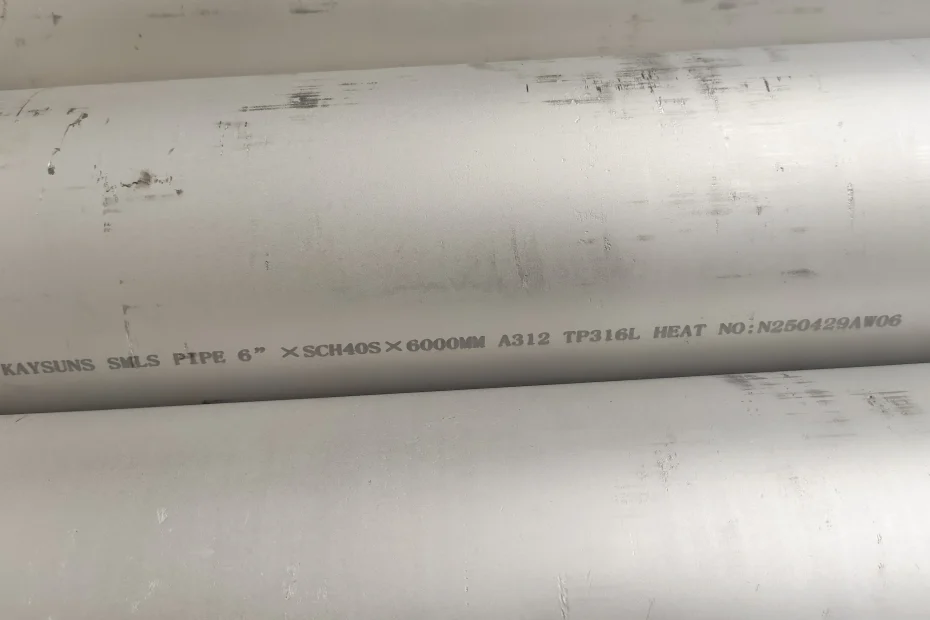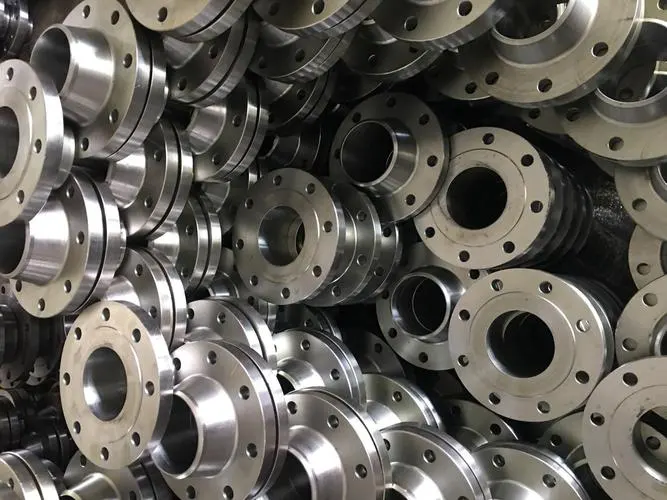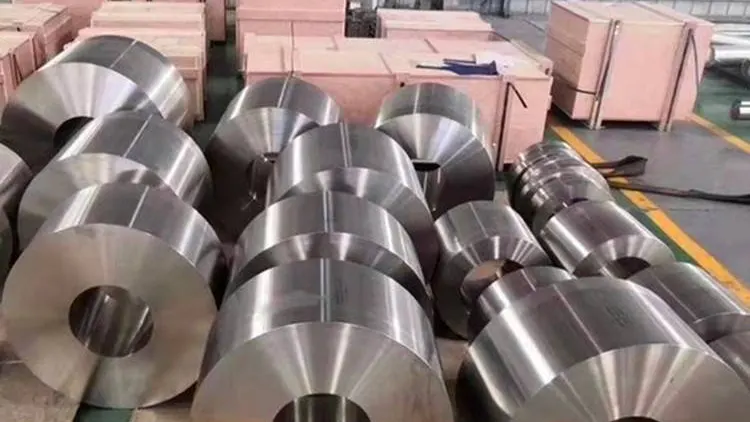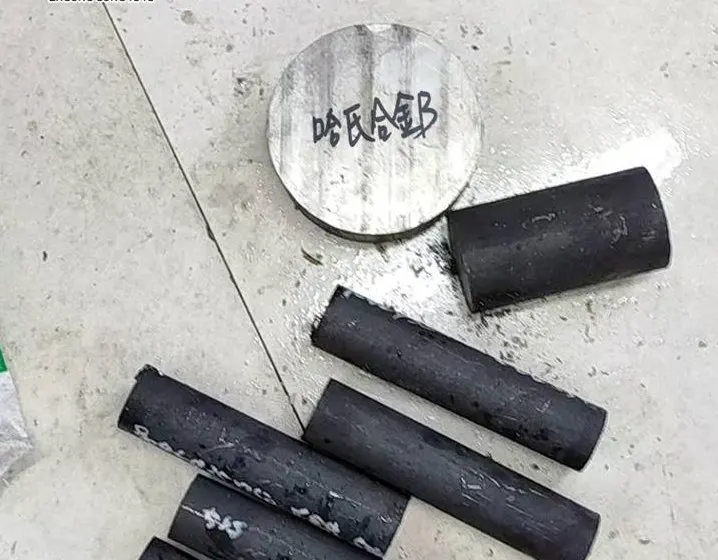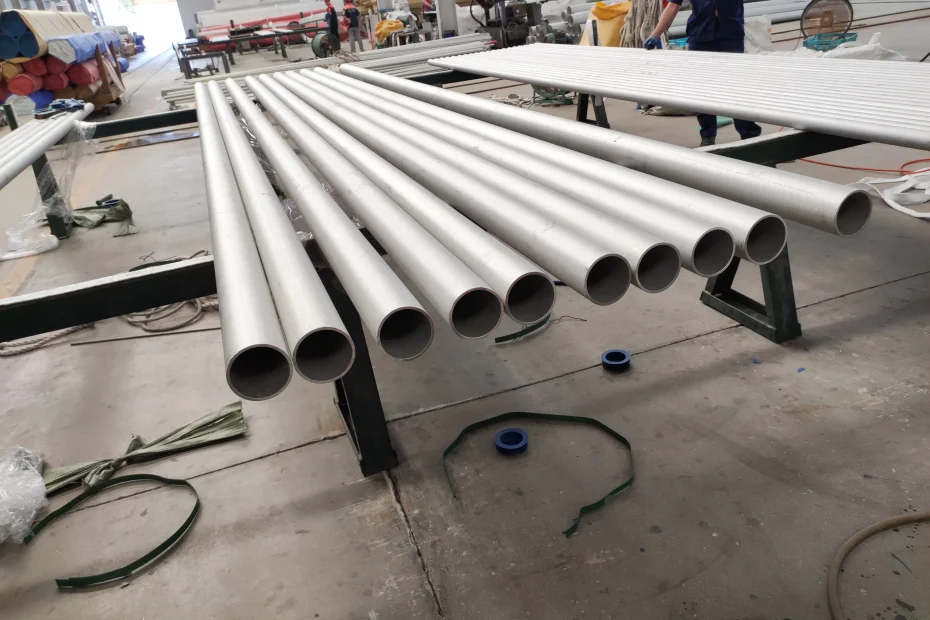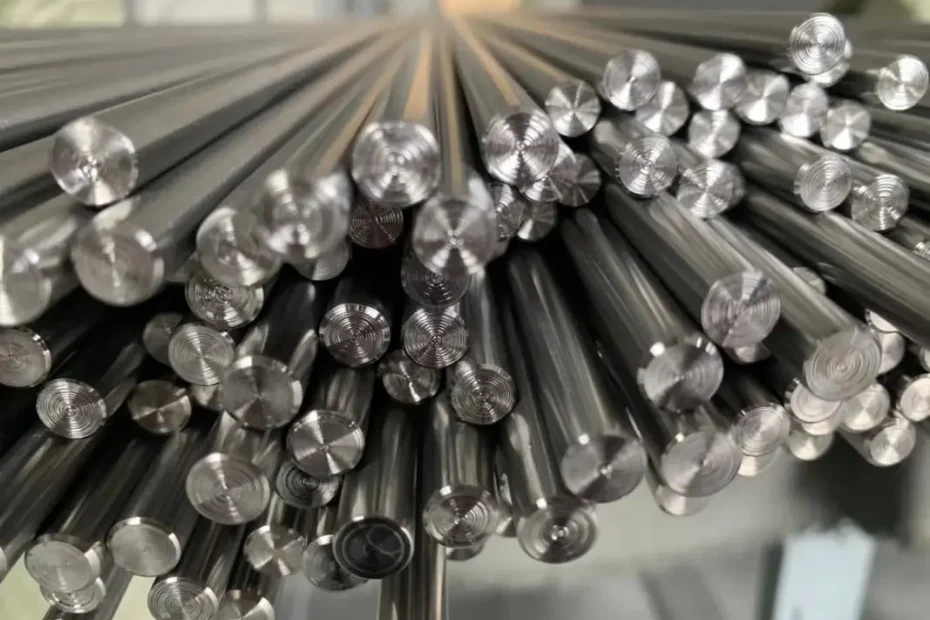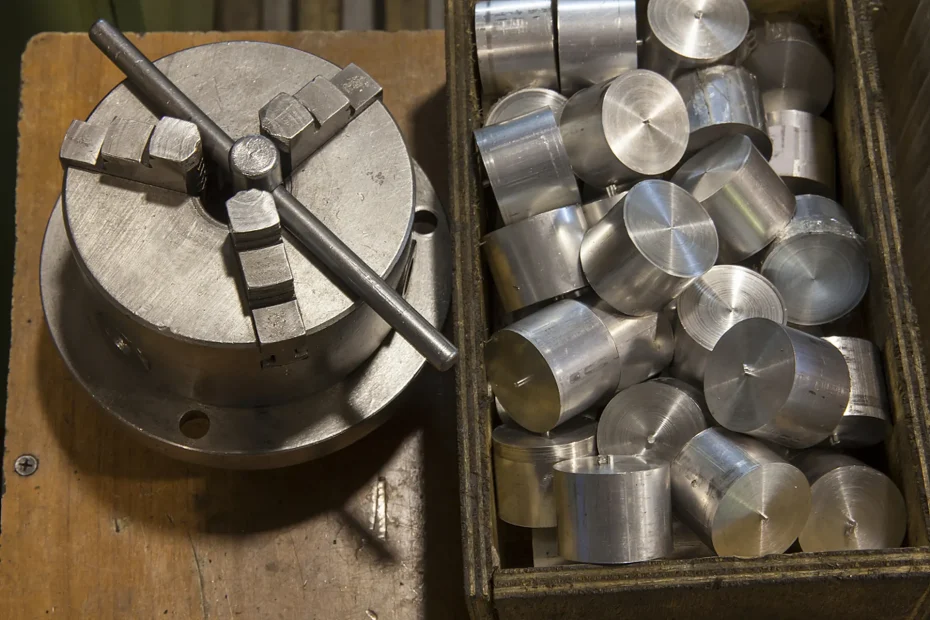High Pressure Fittings: Forging Unbreakable Strength in Piping Systems
High-pressure pipe fittings are specifically engineered to carry fluids under significantly higher pressures than standard fittings.Typically manufactured from thicker materials,their production often involves forging processes,resulting in denser,stronger component structures.Under demanding conditions,these fittings effectively prevent leaks and failures.
